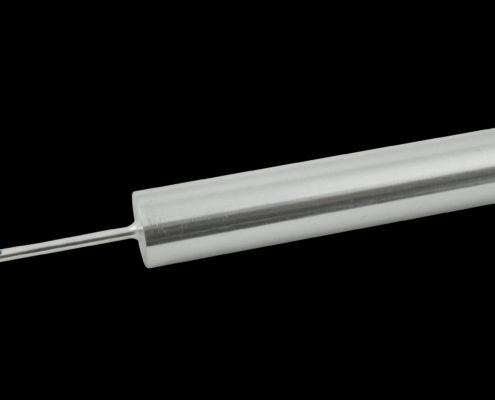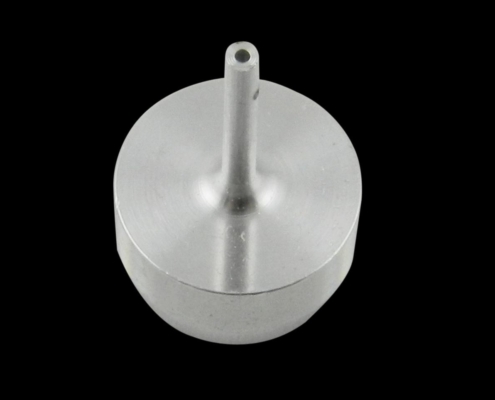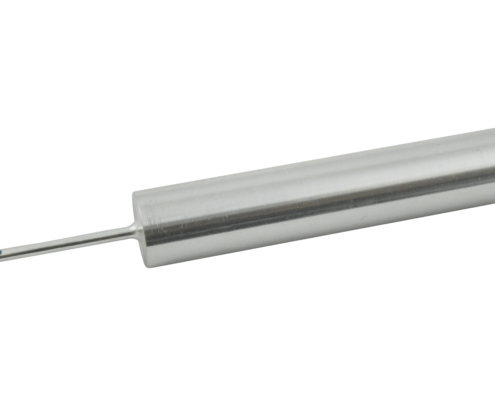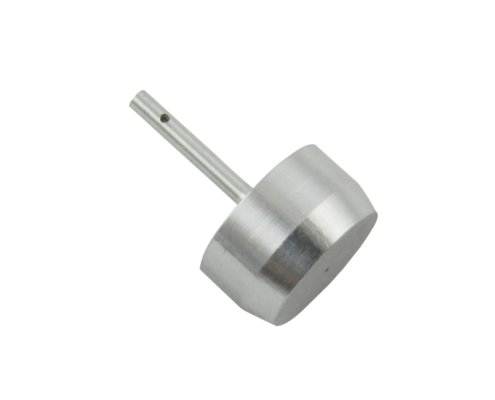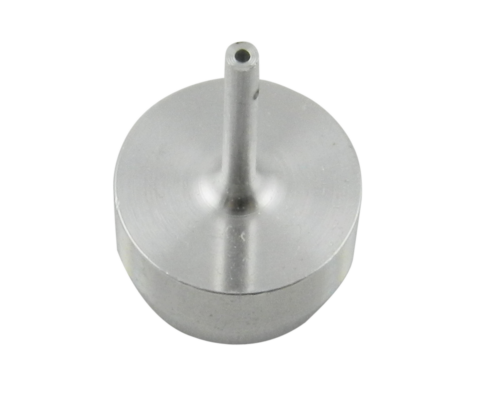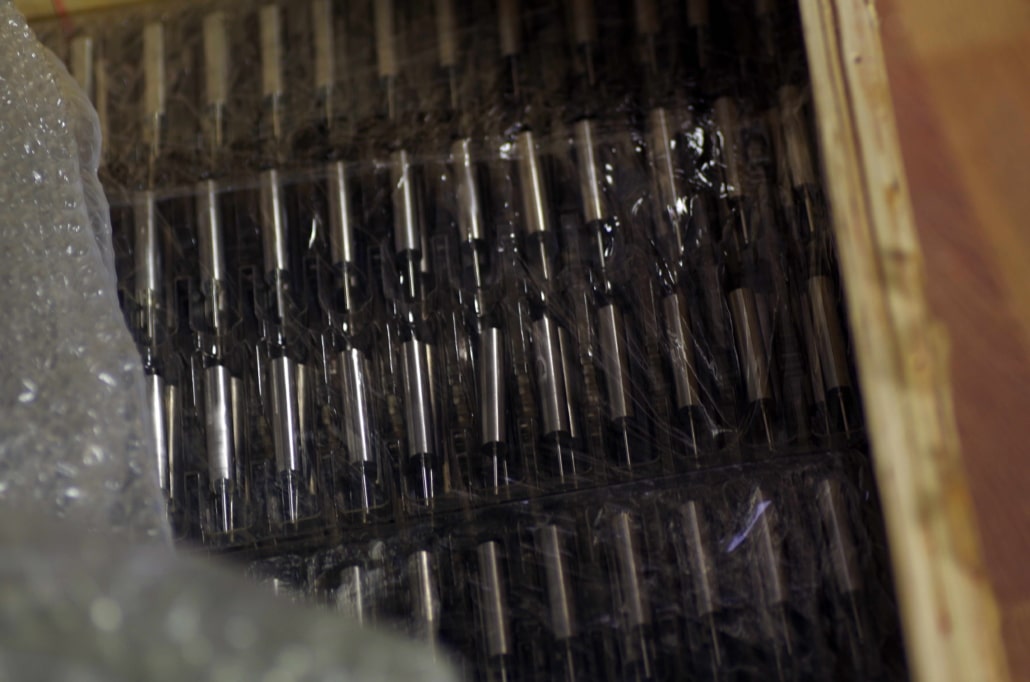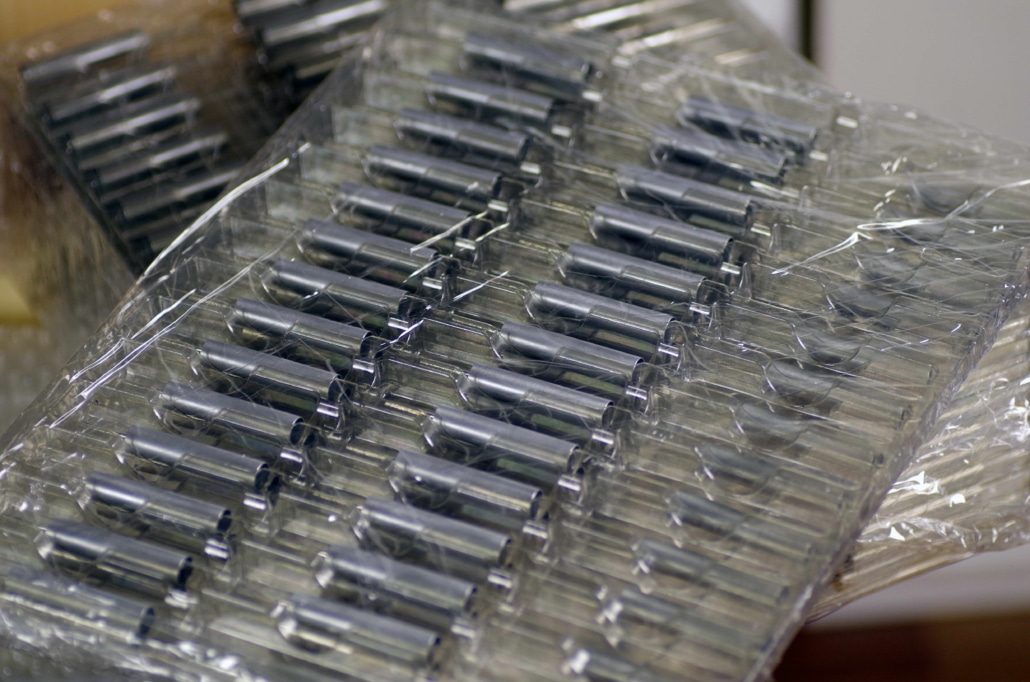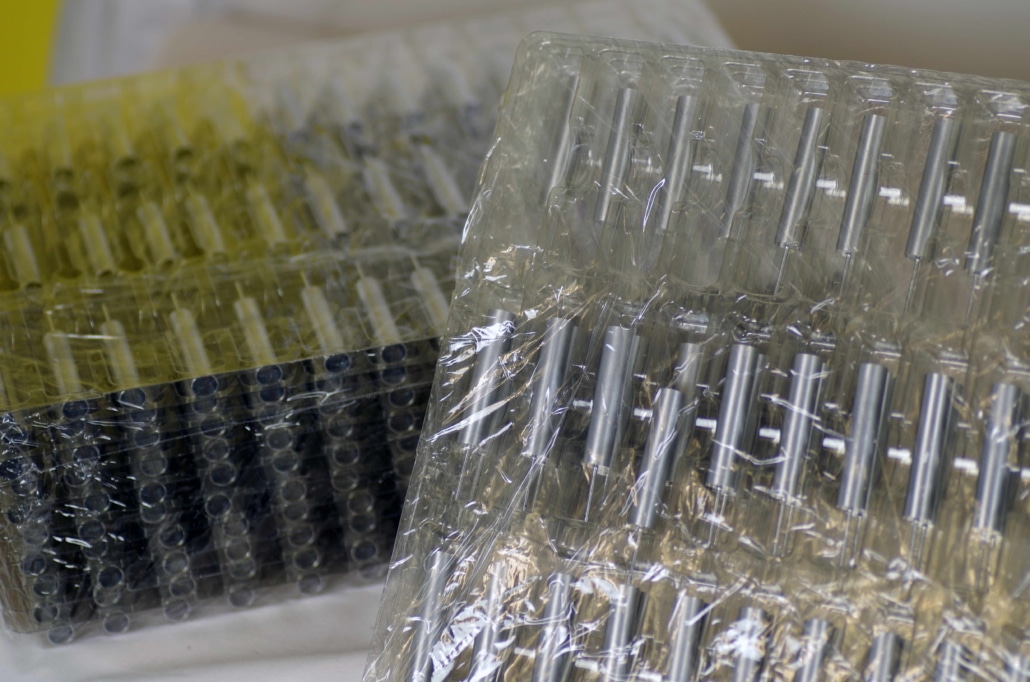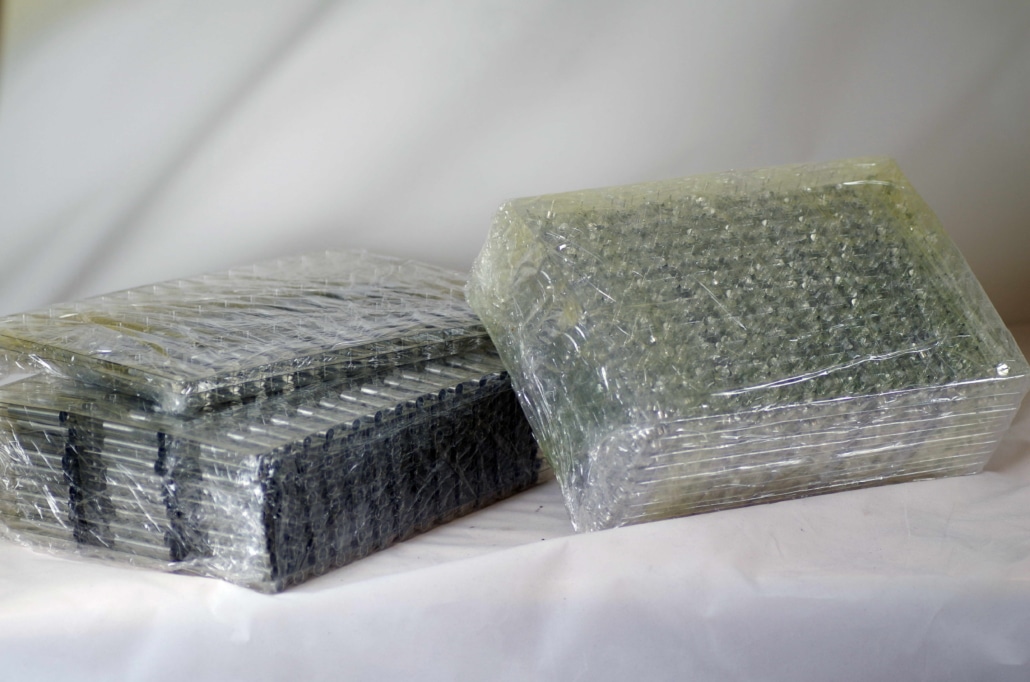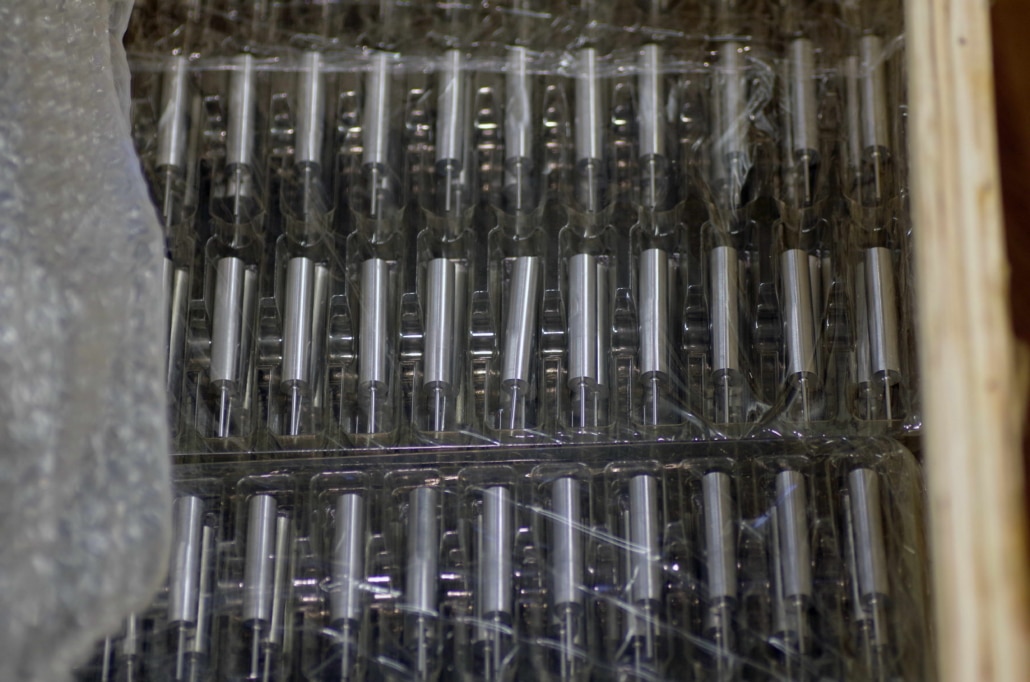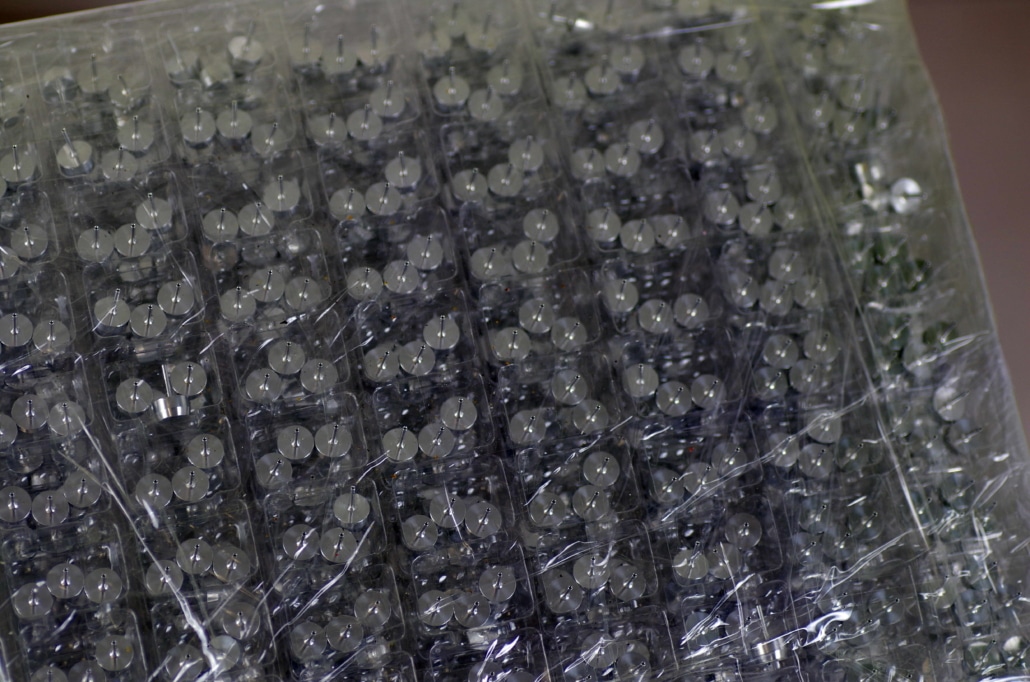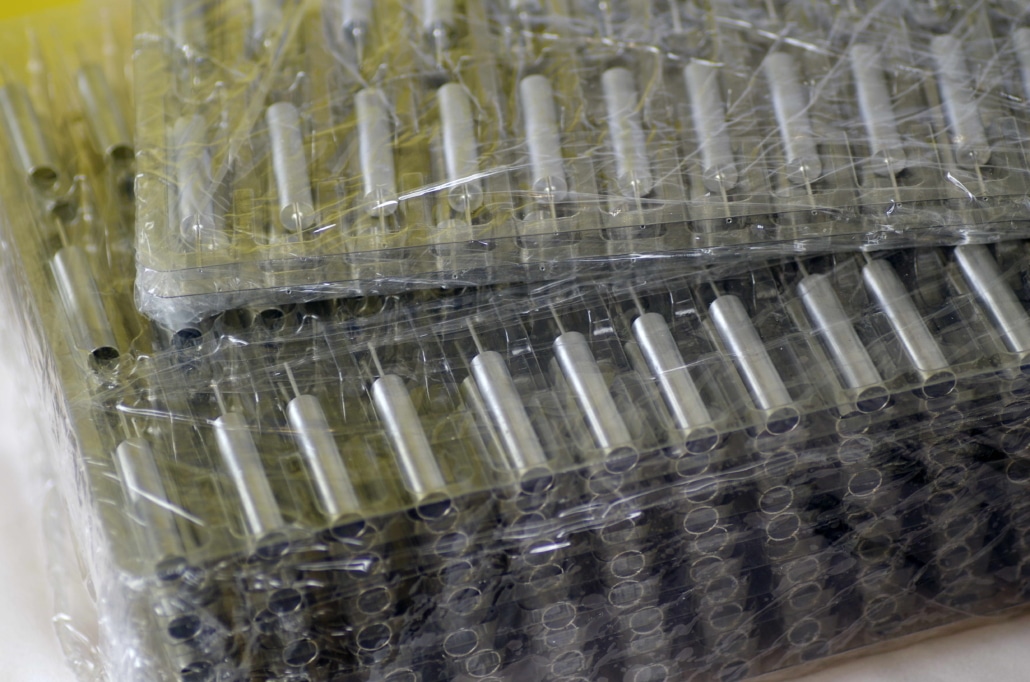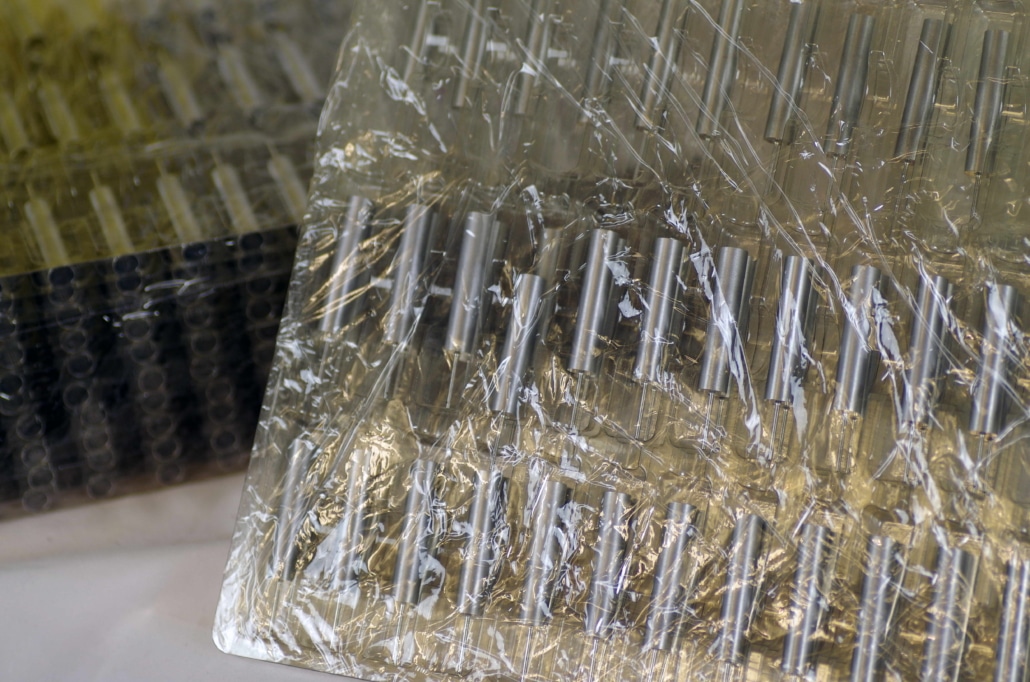Production of precise machined components
Precision machined components are named for their accuracy in application and intended output. They are a prerequisite for modern manufacturing, as modern precision devices require extremely low tolerances and precise fits.
Machining is an age-old concept, but with the advent of computers and software, a new level of precision, fit, and tolerance has been incorporated into the manufacturing process. This category includes turning, milling, drilling, honing, grinding, and other machining processes. These processes are often assisted by CAD and CAM programs.
Eurobalt has a long history of manufacturing precision parts. Our goal is to achieve high precision tolerances, accuracy, and controlled finishes. To achieve this, we follow a specific process to convert a metal block into a seamless machine component. We adhere to a process checklist to ensure our quality standards are met and the desired result is achieved. In the following section, we will provide more details about our process.
While the technical aspects of manufacturing precise machined parts are crucial, it is equally imperative to highlight the significance of a human operator who comprehends the CNC process and precision machining. Although CNC machines are capable of independent operation, it is vital to have an overseer to ensure that every part complies with the tolerance parameters designated for that specific part.
Advantages of Precision Machined Components
There are several reasons why manufacturing has shifted towards precision machined components in recent years. Advancements in technology, improved efficiency, and longer-lasting machinery are just a few of the benefits of precision machining.
Eurobalt for Precision Machined Components
Multiple CNC machines support our production of machined components. We have prioritized technology throughout our manufacturing process from the start, and our employees are highly skilled in the procedures. Along with comprehensive quality management and testing procedures, we excel in producing precision machined components. As mentioned earlier in the production process, we require the drawings and annual quantity from you. As mentioned earlier in the production process, we require the drawings and annual quantity from you. Upon receipt, our technical team will create a design and provide a 3D illustration to assist you in fulfilling your production needs. Feel free to call, email, or visit us to discuss your requirements and alleviate your workload. As mentioned earlier in the production process, we require the drawings and annual quantity from you.

